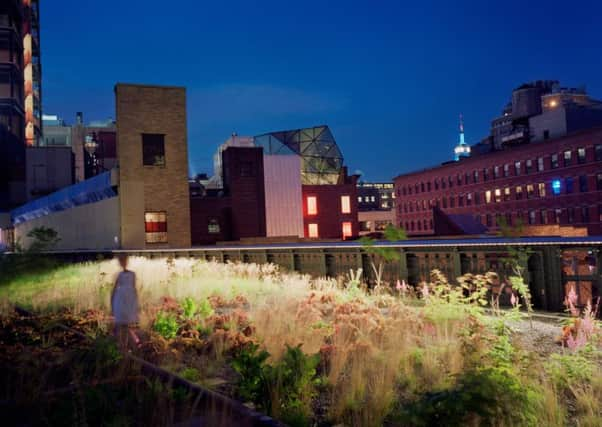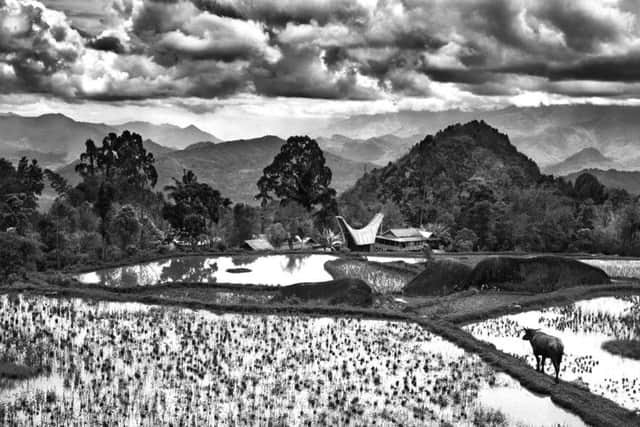Why the best photography books give us a window to the world


Ours, it is often said, is an image-saturated age. Thanks to the advent of digital cameras and the proliferation of picture-sharing websites, there has never been a better time for lovers of great photography to get their kicks for free. So now that we can access all these fantastic pictures at no cost, and carry them around in something as small and elegant as a tablet or mobile phone, why would anyone choose to spend money on a great big slab of paper containing, at most, a few hundred images? The best photography books of 2015 answer that question very eloquently, showing that, when it comes to presenting major photography projects (as opposed to single, striking images) the printed page still beats the flickering screen by a country mile.
The legendary photographer Sebastião Salgado was brought up in a coffee-growing area of Brazil called Manhuacu, where his father used to lead mule trains carrying sacks of coffee to make ends meet. Later, while studying economics (he was an economist before he became a photographer) Salgado wrote his doctoral thesis on the global coffee industry. He has long been fascinated by this most valuable of cash crops (with total annual revenues, he tells us in his introduction, of close to one hundred billion dollars) and in The Scent of a Dream: Travels in the World of Coffee (Abrams, £50), he distills a decade-long photographic journey around the major coffee-producing areas of the world into 300-odd stunning pages. Beginning with the coffee-growing landscapes of Brazil, Costa Rica, Columbia and India – all sun-dappled plantations, misty hillsides and dark, brooding rainclouds – he slowly guides us through the various stages of coffee production, from harvesting and transportation to sorting and processing, offering glimpses of the daily lives of the coffee workers along the way: traditional dancing in Tanzania; a Sunday service in a church in Ethiopia; a funeral ritual involving the brutal-looking slaughter of cattle in Indonesia. In seeing the world of coffee through Salgado’s eyes, we come to understand it as he understands it – both in terms of the worldwide universals and the regional specifics. A visual essay as subtle and as ambitious as this could perhaps be made to work on a screen, but it would involve much clicking and scrolling and waiting for pictures to load; in book form, by contrast, it is an immersive, transporting experience.
Advertisement
Hide AdBetween 2011 and 2014, the singer PJ Harvey and the photographer and filmmaker Seamus Murphy (who made some of the music videos for her last album Let England Shake) travelled together to Kosovo, Afghanistan and Washington DC. The results – Harvey’s poems and Murphy’s images – are now published in The Hollow of the Hand (Bloomsbury, £45). Not everything in the book comes off, but Murphy has a real knack for capturing the surreal: a donkey’s head poking out of a mountain of hay; a prosthetic leg lying in a gutter; a stuffed alligator that appears to have been crushed by a falling meteorite. The best of Harvey’s poems, meanwhile – “Adhan”, say, in which she tries unsuccessfully to join in the call to prayer while in Afghanistan - have a mellifluous, almost early Yeatsian flow to them. The links between the two bodies of work aren’t immediately obvious, but by presenting them separately (a series of poems followed by a series of photographs for each location) rather than trying to mix everything together and force comparisons, the reader is free to decide which ones seem to speak to each other and which ones don’t.


Caleb Cain Marcus works hard to make his strange, elegiac photographs, sometimes producing 20 or more prints of a single image until he has achieved the precise effect he is looking for. In Goddess (Damiani, £35) he presents a deeply atmospheric body of work showing the many different faces of the River Ganges, overexposing the images and then overexposing them some more until they become washed-out almost to the point of abstraction, but not quite. Haunting, dream-like and utterly captivating.
Also haunting, but for very different reasons, two new books of space photography are a reminder of just how Heath Robinson everything was in the early years of manned spaceflight, and how supremely brave the first astronauts were to entrust their lives to bits of kit that, frankly, often looked as if they had been made out of tinfoil, selotape and pipecleaners. Spaceshots & Snapshots of Projects Mercury and Gemini: A Rare Photographic History Vol. 1 and Spaceshots and Snapshots of Project Apollo: A Rare Photographic History Vol. 2 (both University of New Mexico Press, £39.95) tell the story of how, after Yuri Gagarin became the first human in space in 1961, NASA pulled out all the stops to win the race to put a man on the moon. The titular “spaceshots” are obvious highlights, but it’s the un-posed snapshots of anxious-looking astronauts in the hours and minutes leading up to each launch where the real drama is to be found.
Geoff Dyer’s The Ongoing Moment is perhaps one of the best, and certainly one of the most critically acclaimed books ever written about photography. The fact, then, that he has written the forward to Lynn Saville’s book Dark City: Urban America at Night (Damiani, £35) should indicate that this is a very special collection, and so it proves. Visiting such unpromising locations as building sites, warehouses, car parks and abandoned buildings, from New York to California, Saville somehow manages to shoot them so that they appear hyper-real, almost to the point of being cartoonish, as if they had been painted by Edward Hopper in his Nighthawks period. Brilliant, moody, eerie stuff.
For the ultimate antidote to internet picture-browsing, though, look no further than Vittorio Sella: Mountain Photographs 1879-1909 (Terra, £59) – a tribute to the groundbreaking mountaineer and photographer that is monumental in both scale and scope. The stunning reproductions of the pictures from his Karakorum expedition of 1909, in particular, might force even the most hardened web-dweller to admit that, yeah, OK, some things really do need to be experienced in print.